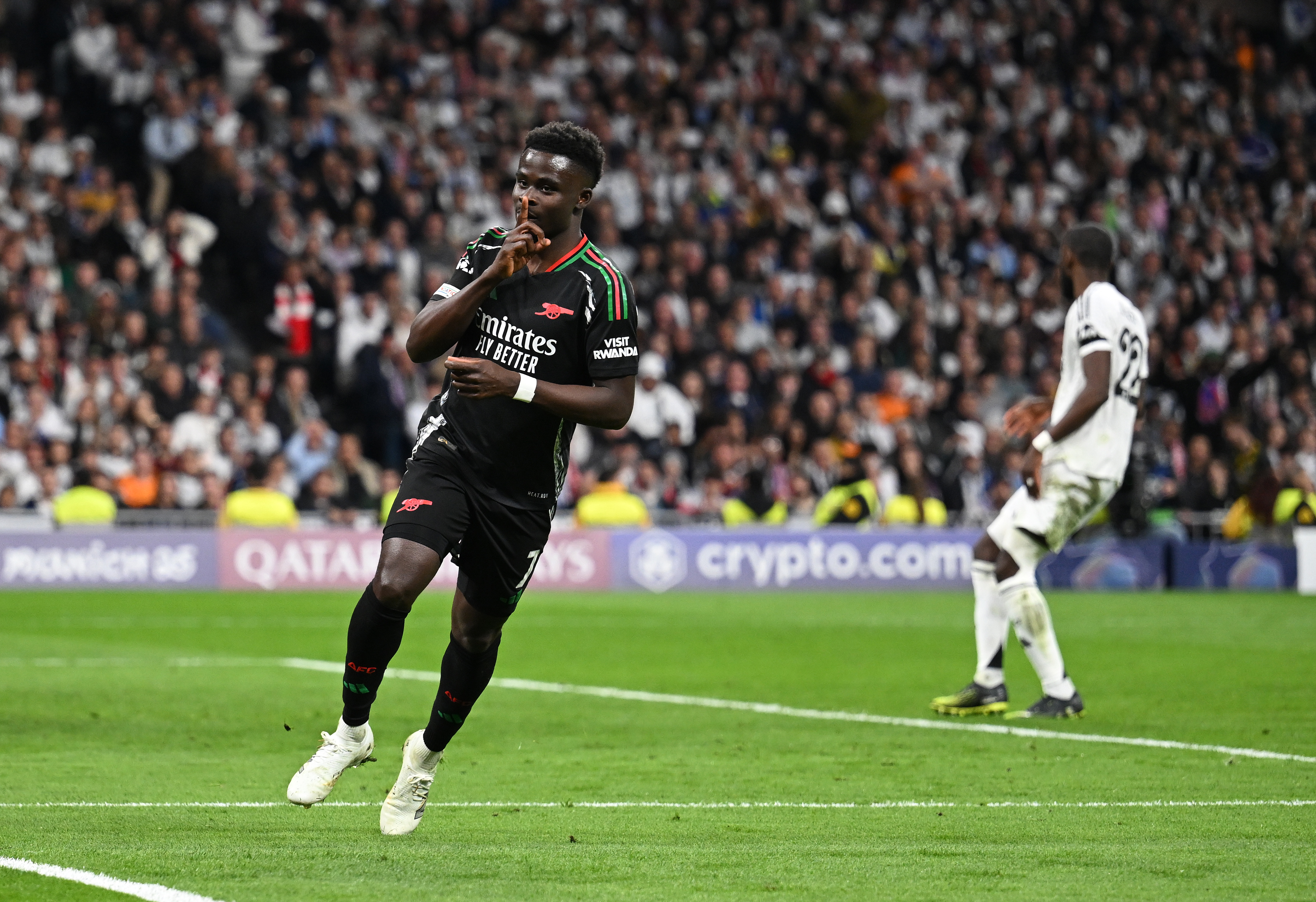The 10 most shocking exclusions from World Cup squads
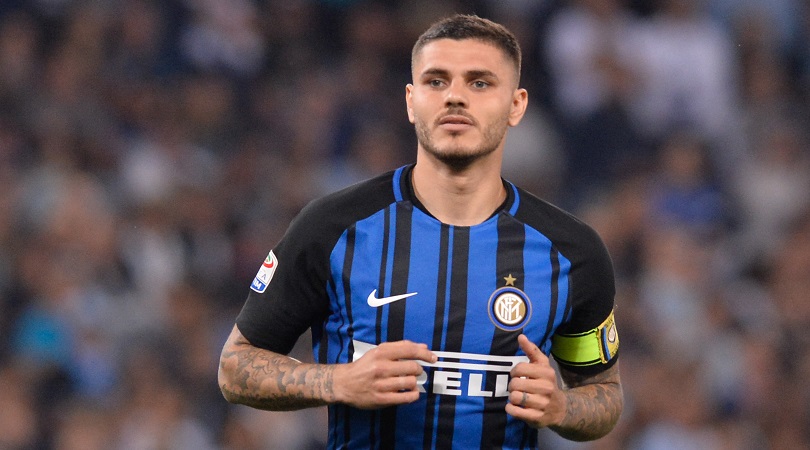
Most shocking World Cup omissions
Despite scoring 29 goals for Inter this season, Mauro Icardi - who would probably be the starting striker for the majority of teams at the tournament - was left out of Argentina's travelling party for the 2018 World Cup. In this slideshow, we pick out 10 other shocking squad omissions from previous editions of the biggest competition on the planet.
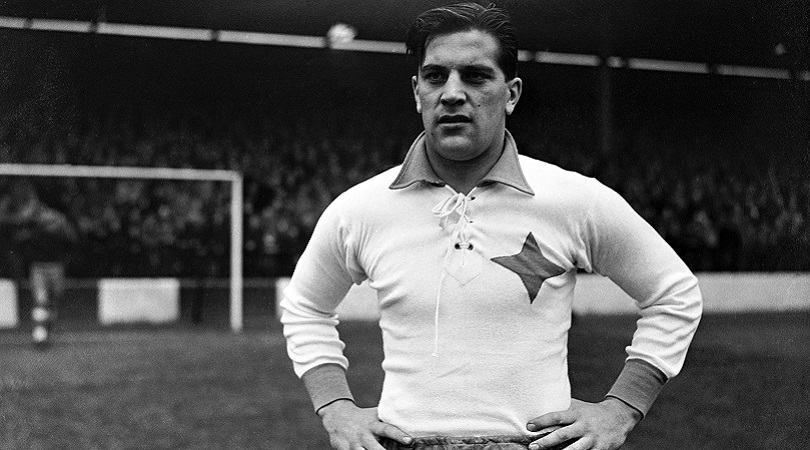
Gunnar Nordahl (1950)
A self-inflicted move on the part of Sweden's FA, who had inexplicably barred foreign-based professionals from the national team. Nordahl was his country’s undoubted star, having led Sweden to success at the 1948 Olympics. He was top scorer in that tournament, and had plundered 43 goals in 33 caps by the time his move to Milan essentially forced him into an early retirement from international football.
Sweden finished third at the 1950 World Cup with a team of domestic amateurs but could have won if their fearsome "Gre-No-Li" strikeforce of Nordahl, Gunnar Gren and Niels Lindholm – who as an attacking trio fired Milan to the 1951 Scudetto – had been allowed to play.
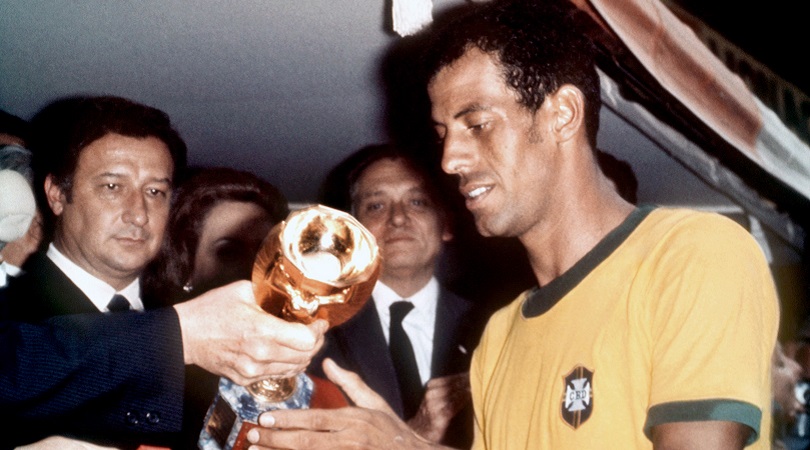
Carlos Alberto (1966)
A rampaging right-back with excellent leadership skills, Carlos Alberto was surprisingly left out of Brazil’s 1966 World Cup squad. He was part of the 44-man training group selected by Vicente Feola but failed to make the final cut. Tensions in the camp were behind what proved to be Brazil’s worst performance at a World Cup, as the holders crashed out at the group stage.
Carlos Alberto’s good form for Santos got him reinstated to the national team, and subsequently earned him the captain's armband as Brazil tasted success at Mexico 1970.

Tony Adams (1990)
The first player to represent England born after the 1966 World Cup win, Adams made his debut against Spain in 1987. He went to Euro '88 the following year, where he scored against the Soviet Union, but Bobby Robson’s side finished bottom of their group.
Adams nonetheless looked set to be an important component of England's future, with his doughty defending and organisational skills coming to the fore – but only a year after helping Arsenal to the First Division title, Adams was overlooked for Italia 90 as Robson risked the returning-from-injury Mark Wright.
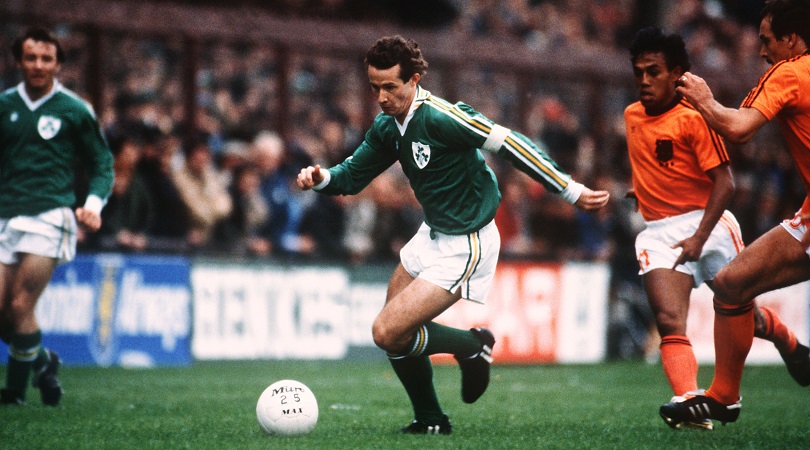
Liam Brady (1990)
Everyone knew what to expect from Jack Charlton’s Irish side, but dealing with it was another matter entirely. They had a direct and bracing style which plenty of more talented teams failed to cope with.
Craft and subtlety weren’t high on the agenda, and skilful playmakers like Liam Brady suffered as a result. One of Ireland’s greatest ever players, he retired during qualification for the World Cup but then reversed his decision before the tournament, only to be left at home anyway.

Paul Gascoigne (1998)
Gascoigne was undoubtedly past his best in 1998, yet there was still a strong romantic appeal to the idea of taking the darling of Italia '90 (and leading light at Euro 96) to another World Cup. His career had been blighted by injuries and personal demons, but he still had captivating ability with the ball at his feet.
The maverick midfielder had recently left Rangers to help Middlesbrough return to the Premier League, although his fitness and focus were again under question. Still, Gascoigne was part of a pre-tournament training camp in La Manga – but then became one of six omitted from Glenn Hoddle’s final squad.
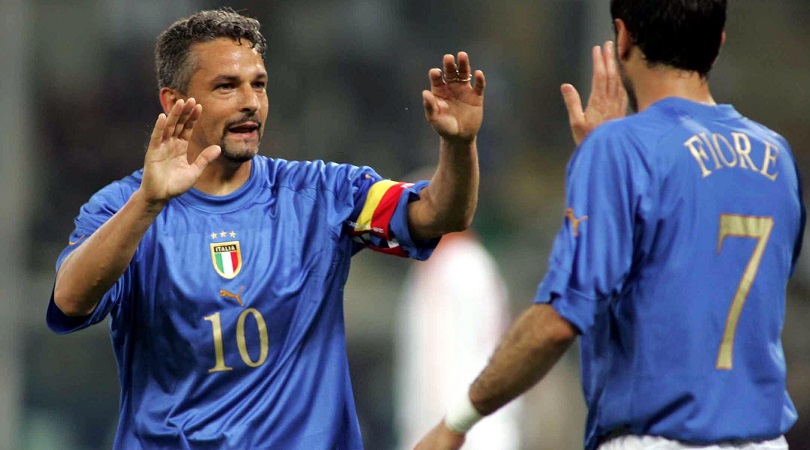
Roberto Baggio (2002)
Baggio had unfinished business as far as the World Cup was concerned. He’d been to the previous three tournaments, once coming agonisingly close to success in 1994, and was hopeful of making it to a fourth.
The silky striker started the 2001-02 season at Brescia in fine fettle, scoring eight goals in his first nine matches – but then injury struck. He returned to save his club from relegation, but it wasn’t enough to convince Giovanni Trapattoni that he deserved a place at the World Cup. Supporters were devastated and Italy were eliminated by South Korea in the last 16.

Romario (2002)
Perceived as a disruptive influence, Romario's relationship with Luiz Felipe Scolari had soured after the 2001 Copa America when he unexpectedly withdrew from the squad to play for Vasco da Gama and then go on holiday.
Even at the age of 36 he struggled to follow the rules, and was punished by missing the World Cup. Not even impressive form for his club side or an emotional appeal to the manager was enough to change Scolari’s mind. Brazil went on to lift the trophy anyway, with Ronaldo, Rivaldo and Ronaldinho integral to their triumph.

Esteban Cambiasso and Javier Zanetti (2010)
Appointing Diego Maradona as national team manager was a desperate last throw of the dice. World Cup qualification was secured in dramatic circumstances, but there was little to vindicate Maradona aside from his legendary status.
Puzzling decisions were a hallmark of his brief tenure as Argentina boss, and none more so than the double exclusion of Cambiasso and Zanetti from his squad for South Africa. Both were central to Jose Mourinho’s Treble-winning 2009-10 season at Inter, but somehow missed out as Fabricio Coloccini and Jonas Gutierrez made the cut.
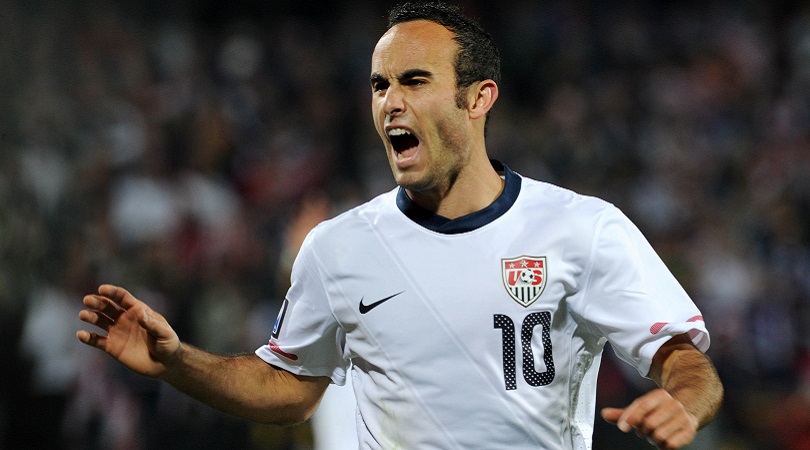
Landon Donovan (2014)
It’s difficult to overstate Donovan’s place in the United States’ football landscape. Widely regarded as the national team’s greatest ever player, he collected 157 caps and appeared in three successive World Cups.
He was keen to make it four in 2014, but it wasn’t to be. Donovan had missed a few qualifying matches but was still considered an automatic selection by most, apart from the person who mattered: Jurgen Klinsmann controversially dropped him from his preliminary squad.
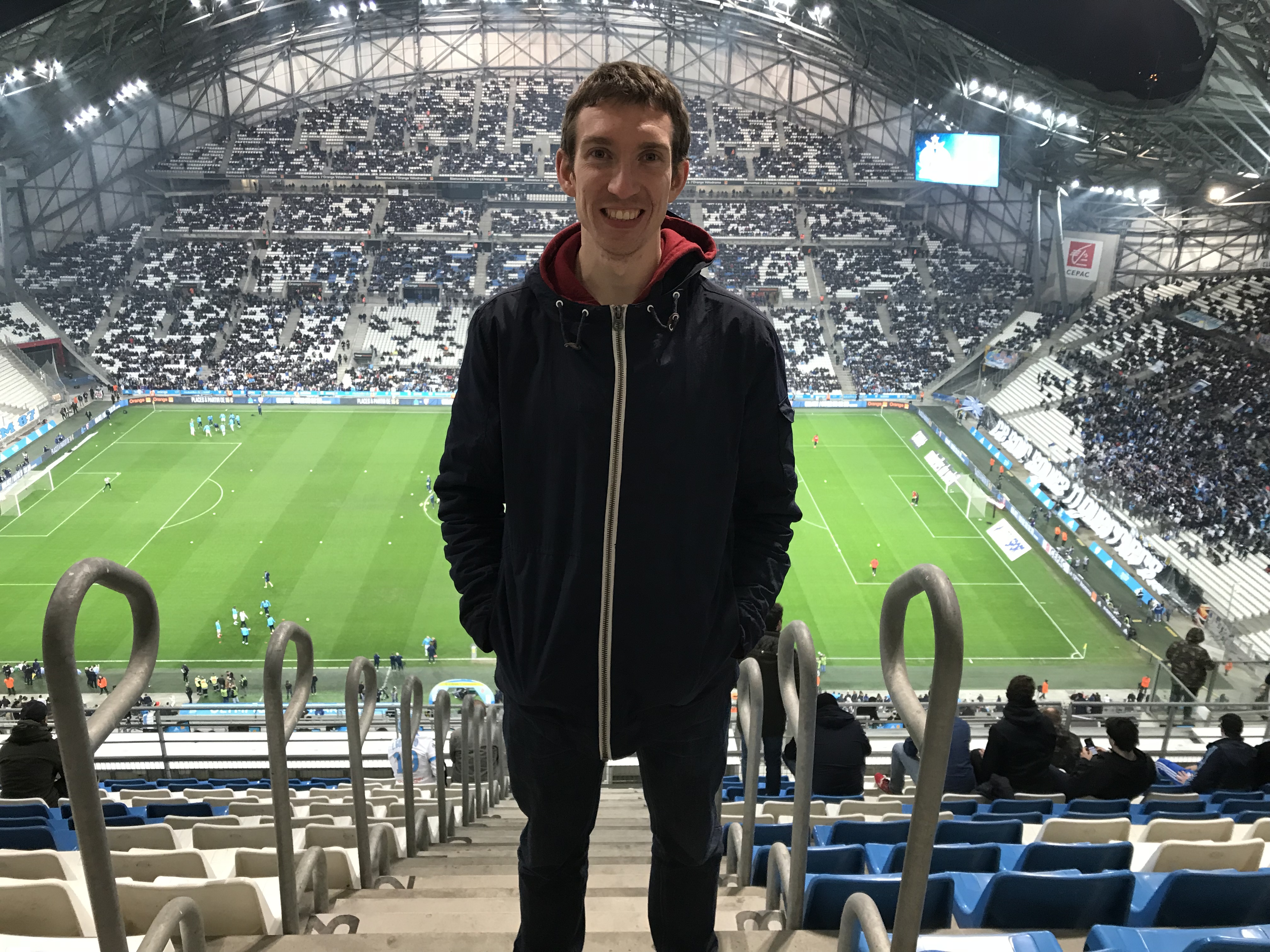
Greg Lea is a freelance football journalist who's filled in wherever FourFourTwo needs him since 2014. He became a Crystal Palace fan after watching a 1-0 loss to Port Vale in 1998, and once got on the scoresheet in a primary school game against Wilfried Zaha's Whitehorse Manor (an own goal in an 8-0 defeat).
